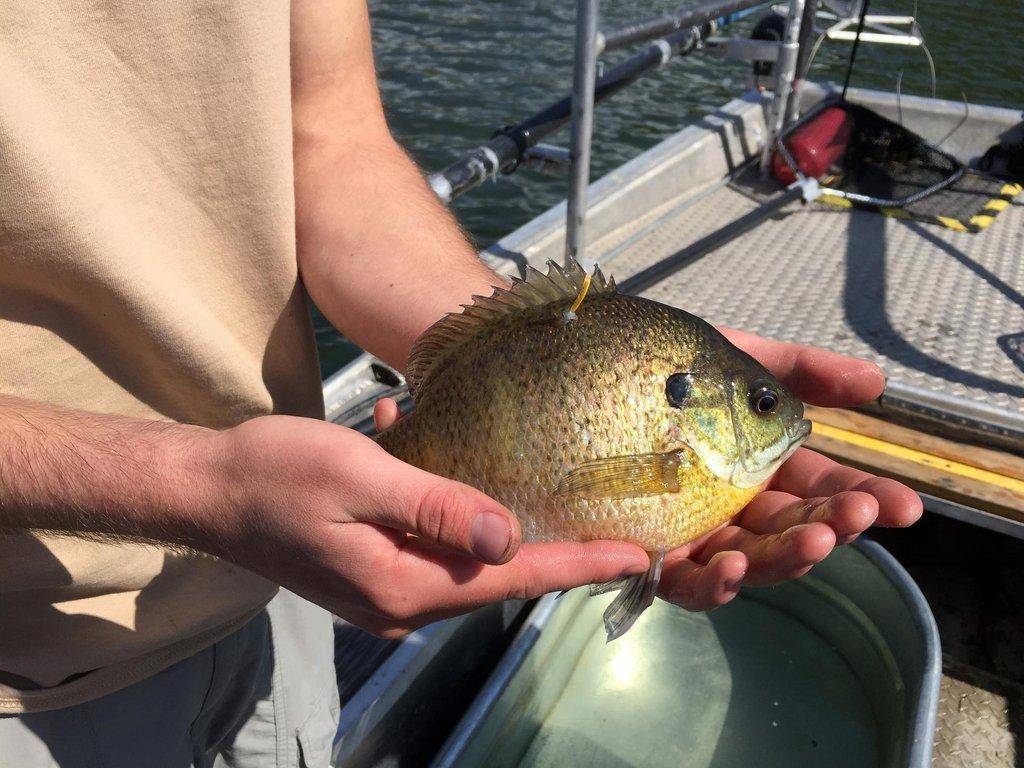DWR News Release
In an effort to expand their monitoring methods for fishing throughout Utah, the Utah Division of Wildlife Resources is launching a new tagged fish study as an additional way to get feedback from angers.
The tagged fish study will launch on Sept. 15 at five community fishing ponds in northern Utah and will run until the end of October. Ten percent of the fish stocked in each pond will be tagged. Anglers who catch a tagged fish will be asked to snip off the tag using scissors or clippers and then report information about their catch on the DWR website. There will also be signs at the ponds with tagged fish that will include directions for reporting a tag, including a QR code to the website. The tag does not need to be physically turned in.
Of the 10% of fish that are tagged, 1% of those will include a $40 reward for the angler who caught and reported the fish. Find more information about the program on the DWR website.
In addition to this new tagged fish program, the DWR will also implement its other two current monitoring methods at the same five waterbodies: creel surveys and getting feedback via the ratings on the Fish Utah map on the DWR website. A creel survey is a type of in-person survey where a DWR biologist interviews anglers at a waterbody to get information about catch rates, fish sizes, types of fish caught and overall satisfaction of the fishing experience. The fish ratings on the Fish Utah map allow DWR fisheries managers to also gauge angler satisfaction at a specific waterbody.
However, creel surveys are labor intensive and expensive. The DWR is trying the reward-tagging program as an experiment — modeled after a program used in Idaho for the past 15 years — because it appears to be a more cost-effective approach to gauging angler satisfaction than the in-person creel surveys.
“We are launching this new tagged fish program to assess how the data and feedback received from it compares to the data received from doing creel surveys and the online ratings,” DWR Sportfish Coordinator Randy Oplinger said. “The data we receive from all three of these methods helps us determine whether we need to adjust where we stock fish and helps us make management decisions. If during this study, the tagged fish program is deemed successful in getting us more feedback, then it will likely be implemented in more waterbodies across Utah in the future. We really need anglers to help give us feedback through these three methods so we can determine how to best enhance the fishing experience in our state.”

